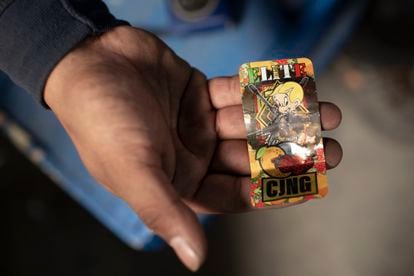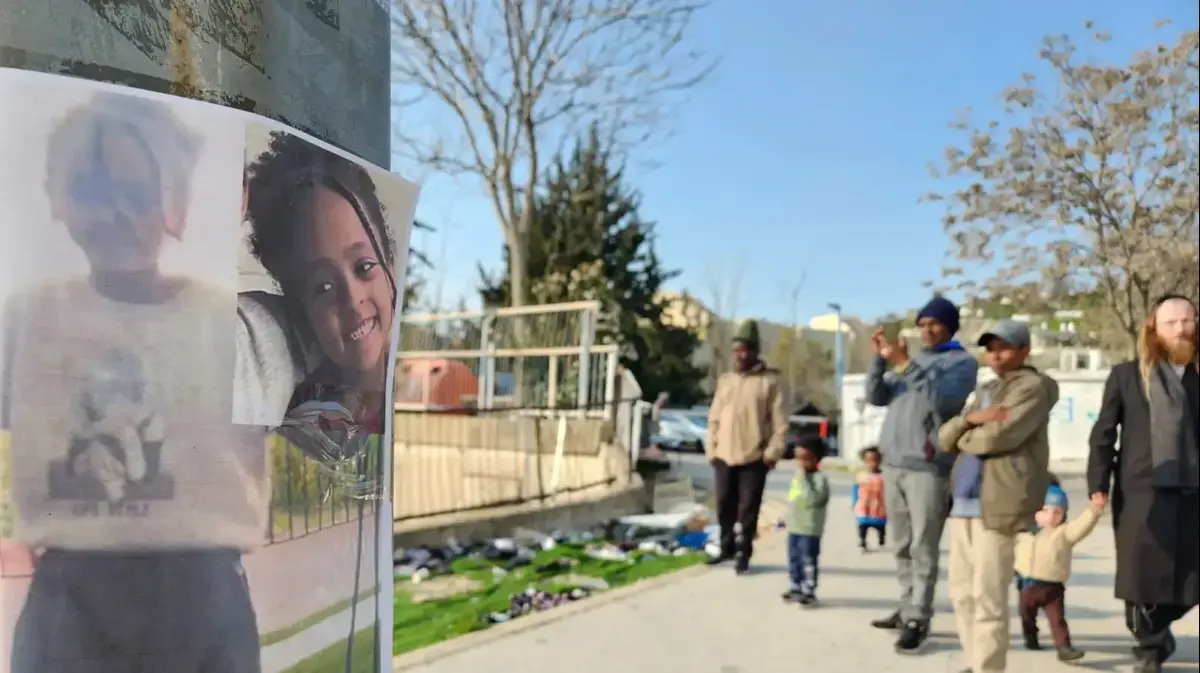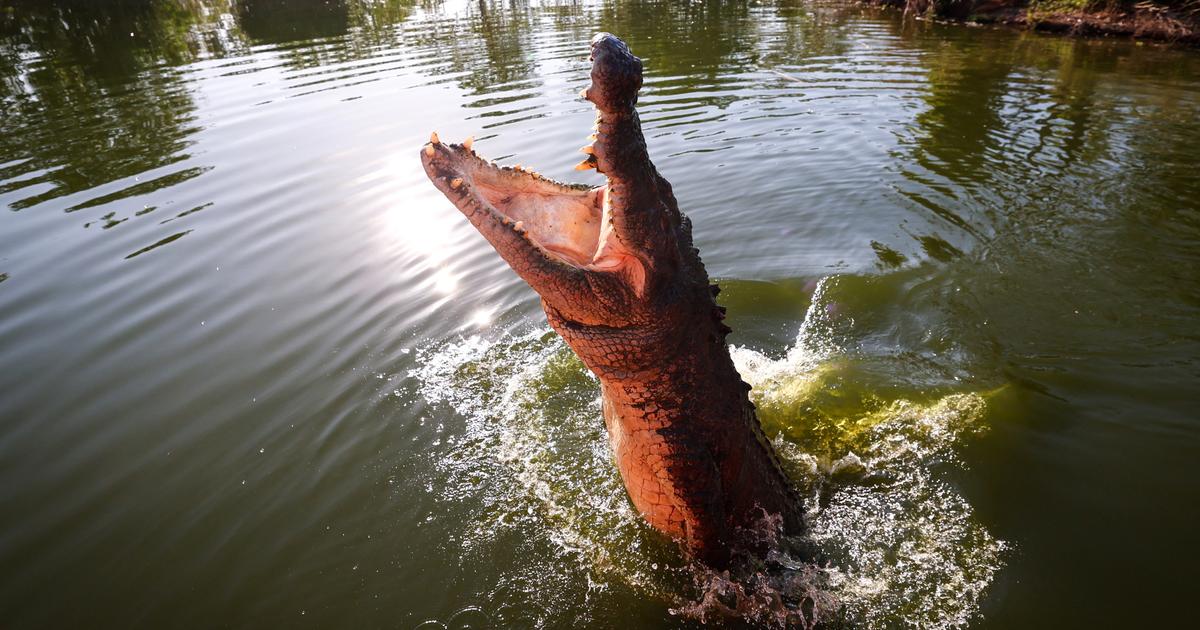In December 2019, the Undersecretary for Human Rights of the Mexican Government, Alejandro Encinas, tried to summarize in a single sentence his feelings about the difficulties of the Executive to stop the violence.
"We're in one of those situations where the old just doesn't die and the new doesn't just come into being," he said.
Andrés Manuel López Obrador had been in office for a year, a time in which he had indicated his priority, fighting corruption.
That was the key.
Without corruption, the waters of violence would return to the channel of cordiality.
Encinas had denounced that Mexico was suffering a forensic crisis, that the country did not even have reliable records of graves, genetic profiles, of missing persons.
The first thing, he said, was to count well.
Focused on the account, reality took its course and far from obeying the wishes of the Government, he painted a scene of terror, with thousands of murders a year, massacres and many others disappeared.
The old and the new seemed to blend together, increasingly difficult to tell apart.
Two and a half years later, the account is made, an undeniable achievement of the current Administration.
Mexico has exceeded the symbolic figure of 100,000 disappeared persons, the vast majority since the beginning of the drug war, the state attack against organized crime launched by President Felipe Calderón, in December 2006. His Government concentrates around 17,000 reports of disappearance, by 35,000 registered during the following, headed by Enrique Peña Nieto, and the 31,000 that the current Government has.
At the current rate, this six-year term will break all records.
The phenomenon has changed.
During the Calderón years, the northeast symbolized the horrors of war, with its extermination camps, which are only now beginning to be investigated.
The mass disappearances of Guerrero and the discoveries of enormous clandestine cemeteries in Veracruz marked the time of Peña Nieto.
Now, the alarm is going off in regions that used to be relatively quiet, such as Guanajuato or Sonora.
EL PAÍS has traveled to both regions to better understand the nuances of the tragedy.
The Mexican figures require foreign comparisons, even if it is to understand the form of the conflict.
Thus, for example, Colombia has just over 99,000 disappeared since 1970, mainly due to the conflict between guerrillas and paramilitary groups that the country experienced.
In Argentina, the military dictatorship (1976-1983) left around 30,000, according to accounts from non-governmental organizations.
And in Guatemala, the three decades of conflict and government repression at the end of the last century left 45,000, according to an estimate by Amnesty International.
The difference between Mexico and the others is that most of its disappeared are from recent times, when the country is not experiencing any dictatorship or civil wars.
In theory, Mexico lives in peace, a concept challenged by its violence, linked to old corruption.
In its report on the situation in Mexico, published in April, the United Nations Committee against Enforced Disappearances already warned about this situation: "Organized crime has become a central perpetrator of disappearances, with various forms of collusion and varying degrees of of participation, acquiescence or omission of public servants”.
Photographs of missing persons, in a park in Irapuato, Guanajuato, in May. Rodrigo Oropeza
Prioritize the search
Until 2018, the registry of missing persons was an unsystematized database.
The head of the National Search Commission, Karla Quintana, explains that "before 2019, the registry hardly had an approach to reality."
She appointed with the new Government, her first step was to ask the state prosecutors to complete the data that already existed and keep it updated.
"What has been done is to begin to create an institutional framework," says Quintana.
How real is the record then?
“My reading”, says the commissioner, “is that the prosecutor's offices have more information than they have given in recent years;
but they could also have outdated information.”
Even so, this information should be used by the authorities to create public policies that address the crisis.
In Monterrey, for example, where the disappearances of Debanhi Escobar or Yolanda Martínez have focused on system failures, the number of missing women reaches 30%, that is, more than the average in the rest of the regions.
In the State of Mexico, the most populous in the country and one of those with the most disappeared (6,405 people), the percentage of women is almost half.
The commitment of the States and of all the institutions in the country with the registry "is very uneven," according to Quintana, who points out: "The search has not yet been assumed as a national priority."
Added to the crisis of the disappeared is another caused by the delay in recognizing the bodies that are found.
In Mexico, more than 52,000 deceased remain unidentified.
To address the forensic crisis, the government proposed in April to create the National Center for Human Identification.
The project proposes a mass approach for the recognition of corpses recovered from prosecutors, forensic medical services, cemeteries and clandestine graves.
“The traditional system requires identifying [the bodies] one by one.
That's fine in Switzerland, but it's not as simple in places with a crisis like Mexico,” says Quintana.
The registry data shows that the highest incidence during the last three years is concentrated in five States, which accumulate more than half of the disappeared.
Jalisco, State of Mexico, Mexico City, Nuevo León and Sinaloa add up to more than 15,700 disappeared.
There is also a floating figure of more or less 15,000 people for whom basic data is unknown, such as the year in which they disappeared.
With the information available, it is possible to identify at least three areas where the situation is especially serious: the central one, which includes Michoacán, Guanajuato, Jalisco and the State of Mexico;
the corridor from Sinaloa to Sonora, in the northwest, and the area that includes Nuevo León and Tamaulipas, in the east.
The borders of Irapuato
In a workshop on the outskirts of Irapuato, two workers show a sticker with amusement.
It is the plastic that wraps the bags of marijuana that they usually buy in the neighborhood, where a little blond boy, with a huge rifle in his hands, smiles at the customer.
Two words dominate the image above and below the boy: "CJNG" and "Elite".
"That's how they sell it now," says one of the operators.
The sticker summarizes a war for dominance of retail drug sales in the neighborhoods of Irapuato, in Guanajuato, a city hit by violence in recent years.
The workers, residents of these same hybrid places between the agricultural and the industrial, say that it is right here where the violence has been most noticeable, in the ranches that act as a sponge between Irapuato and Salamanca.
It's not just the drug though.
Asked for the reasons, both also point to the fuel pipelines, wealth of the region.
In neighboring Salamanca, Pemex operates a refinery and huge pipes run underground that carry gasoline to León, the state capital.
Irapuato is in the middle.
For years, gangs of local criminals backed by oil company workers have milked the pipelines, storing fuel to sell on the black market.
The sticker with the acronym of the Jalisco New Generation Cartel that is placed on the packages of narcotics for sale. Rodrigo Oropeza
"Before there were those from El Marro, but then the Jalisco arrived and cleaned up," says another operator.
Their real names are not listed here for their safety.
El Marro and Los Jaliscos are the colloquial names of the Santa Rosa de Lima cartel and the Jalisco Nueva Generación Cartel (CJNG), two of the most media-prone criminal brands of recent years.
In the Mexican criminal narrative, cleanups are processes by which one criminal group expels another from a more or less limited territory.
When they talk about the cleanup of Irapuato, the operators refer to a process that began four or five years ago, the end of which they are currently living through.
The symbolism of the stickers is evident.
They are not so much a claim, but a demonstration of power, a reminder of what has happened.
Genaro, one of the workers, remembers the beginning of everything in his neighborhood.
It was in November 2020. “There was a whole week of shootings.
One Monday they started to shoot up a house, the same Tuesday, Wednesday... It's because El Marro was there, for the huachicol [the theft of fuel from the pipelines].
And in a house they sold drugs and they went and threw them, even grenades and everything… They killed several, ”he says, while showing a mosaic on his mobile of his dead, his dead friends from the neighborhood.
"There on the ranch, between dead and disappeared there are about 50 from five years here."
It is the war of the suburbs, oblivious to the pomp of acronyms.
In the current Administration, Irapuato has become the red light of disappearances in the State.
It is the city that has the most cases, above León, the same Salamanca or Celaya.
There are 228 reports since December 2018, compared to 99 during the previous 12 years.
The horror here is present because many times the perpetrators continue to roam freely in the neighborhood.
An inhabitant of a neighborhood on the outskirts of Irapuato shows three of his missing friends. Rodrigo Oropeza
This is the case of Rosalba Granados.
In eight days of August 2019, criminals murdered her eldest son and disappeared the little one, who wanted revenge.
“We are from a ranch there between Salamanca and Celaya.
And there was the war of the marros against the Jalisco.
Now it seems that they have calmed down, because the people who are into it have already passed on to the new generation, ”he explains.
In 2019, the situation was different.
"My eldest son did take drugs and for the same reason he went with these people," he says, referring to members of the El Marro group, arrested in August 2020. "Sometimes he joked and told me, 'maybe one day I'll mess with them'.
And I told him, 'yes, daddy, you go in and pick up your things and leave, because you don't have a mom anymore.'
But then he would tell me it was a joke.”
Thus, between joke and joke, his eldest son, Giovanni, who was always "carrying" his neighborhood companions, walked around.
Granados says that perhaps one day the jokes were too much.
"He thought they were fools, I don't know."
One Saturday, the boy did not come home.
He left with one of “them” and was found dead the next day in a nearby town.
Granados knows who the person he left with was.
He sees it from time to time.
He has never dared to ask.
The one who did ask was José Antonio, his youngest son, who soon learned who had killed his brother, according to Granados.
It seems that the boy cried out for revenge.
He spread the word.
Eight days later, the same ones that had killed the first one disappeared in the second one.
“It was near the cemetery,” explains his mother, “they had gone to bury some guys and when they saw him… He had gone to a workshop near there to repair his motorcycle.
They did tell me that when they saw him they yelled at him, do you feel very dick?
I do not know anymore".
The cries of mothers in the Sonoran desert
Sinthya Gutiérrez is 40 years old and a sadness that bends her body.
Since 2017 she has not heard from her son Gustavo, who was 15 years old when he disappeared.
The boy went out with a friend and did not return: the last that was heard of both – the other young man is also missing – was that the police had them handcuffed on a street in Guaymas, a Sonora municipality of 150,000 inhabitants.
She and her husband went through the municipal cells without finding him.
"That's when my anguish started," says the woman, small in the corner of the sofa.
On a wooden cabinet next to her, Gutiérrez honors her missing son.
Between cans of Tecate and yellow chrysanthemums, she also honors her son Marco Antonio, shot 50 meters from her house, and a companion who was looking for her husband when she was murdered.
A mural on the boardwalk in the municipality of Guaymas, in Sonora. Rodrigo Oropeza
2017 was “a very heavy year”, remembers Gutiérrez.
From the beginning of the count in the sixties until 2016, Sonora registered 1,650 disappearances.
In the following five years, a very similar number was reached in this state in the north of the country: 1,400 people disappeared in that period.
Before an armed command shot up the Municipal Palace of Guaymas during a feminist demonstration in November 2021 and killed three people, the Undersecretary for Human Rights, Alejandro Encinas, had already identified the corridor that runs from that city to Cajeme, a hour and a half, as "one of the most violent" in the country.
Krimilda Bernal, director of the Sonora Observatory for Security, attributes the violence unleashed in the last five years to "the negligence and irresponsibility" of the authorities, but also to the militarization of public security, which began to be noticed in the area from of 2018, according to Bernal.
The last two commissioners of Guaymas, for example, were captains of the Navy and in the streets you see soldiers in vans of the Municipal Police.
The strategy, says Bernal, “is being counterproductive”: “25 or 26 years ago, Sonora was a safe zone.
People came from Nuevo León, from Coahuila, from all the areas hit by violence.”
And now, on the other hand, homicides are up and search cards are piling up.
Another factor, says the analyst, is the geography of the place.
Guaymas, which is born in the sea and extends between hills the color of piloncillo planted with sahuarios, is a privileged area for the trafficking of drugs, merchandise, and people.
Its port receives international ships;
it is surrounded by large extensions of land;
the border with the United States is located 500 kilometers away.
Organized crime has been disputing that territory for some years.
According to the Center for Economic Research and Teaching, eight groups operate in Sonora.
Los Salazares and Los Chapitos, a split from the Sinaloa Cartel, are the ones that operate in Guaymas and the surrounding municipalities, according to journalists and activists in the area.
Rosario Gutiérrez, mother of Jesús Gabriel, disappeared in 2021 in Guaymas. Rodrigo Oropeza
When the number of disappeared began to grow, Sinthya Gutiérrez was one of the mothers who organized to create Guerreras Buscadoras, a collective that in Guaymas brought together 40 families and today only brings together 15. Out of fear there are people who have stopped looking , He says.
Those who remain, especially mothers, wives, cousins, sisters, are told that they are crazy goats: "Because we walk in the hills."
When they search, usually guided by data sent to them anonymously, they leave bright and early and walk for miles in temperatures that can exceed 40 degrees.
If they stick a rod into the ground and when it is removed it brings back the smell of a body, they start digging.
Gutiérrez stopped going to the Prosecutor's Office a long time ago to find out about progress on his son's case.
Rosario Gutiérrez, who has been looking for hers for a year and nine months, also got tired of going to the public ministry.
“They don't look for them like we do.
They arrive [at the pits], pick up what they want and leave.
And we arrived the next day and found many remains”, criticizes the 53-year-old woman.
Jesús Gabriel, 29, went to the beach at Easter and she hasn't heard from him since.
If she doesn't look for it, she doesn't know what else to do: “My world becomes four walls and a wet face”.
Guadalupe Loaiza's tattoo shows the date her daughter and her husband disappeared. Rodrigo Oropeza
Like her, other mothers feel that tracking them down is the only consolation.
Guadalupe Loaiza, 48, is looking for her daughter, Yosineidy Hernández, and her father, who left with her when two men came to her house to take her away.
Loaiza smiles when she remembers how her daughter liked the carnival and she immediately cries.
She sees the two of them from behind, going out the door, arms around each other.
“We have found many children, but sometimes I say 'how do I find others and I don't find her'.
In the desert, on the shore of the sea, in the mountains, wherever they are looking, they talk, they laugh like they don't do at home, they shout the names of their disappeared: “Gustavo!
Jesus Gabriel!
Yosineidy!”
“We are not looking for justice,” says Sinthya Gutiérrez.
Neither who did it, nor who is going to pay for it: "We just want to find our loved ones."
subscribe here
to the
newsletter
of EL PAÍS México and receive all the informative keys of the current affairs of this country


/cloudfront-eu-central-1.images.arcpublishing.com/prisa/PBMVWQBLQRD6RCIWTKBVIUEINA.jpg)












